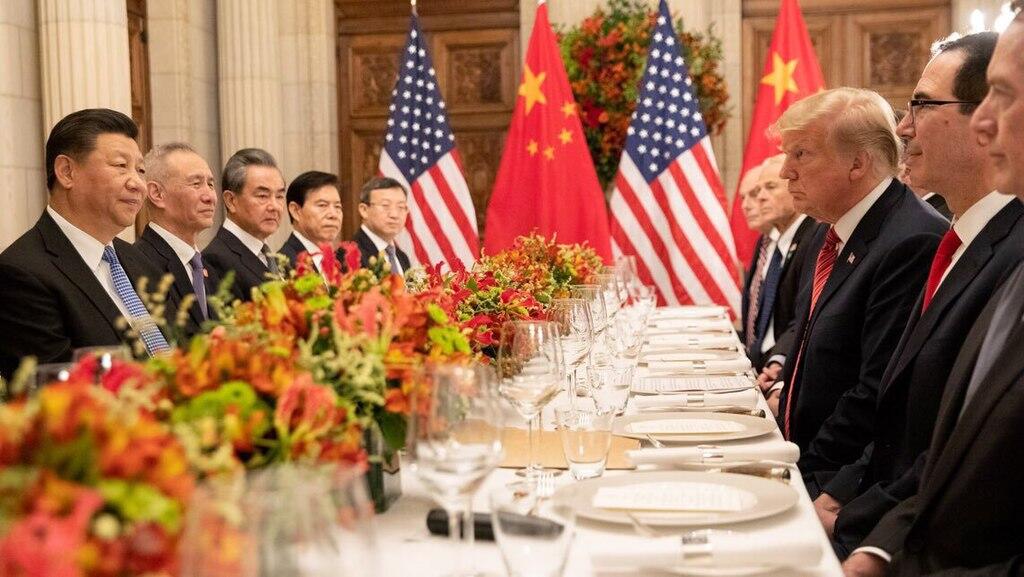China has taken measures to shore up its economy, pre-empting major tariffs U.S. president-elect Donald Trump has said he will impose.
Trump oversaw a trade war against China during his first term that included tariffs of up to 25%, and has said he will add tariffs of 60% on China in his second term.
“Tariffs are the greatest thing ever invented,’’ he said in September.
China’s export growth hit a 27-month high in October ahead of the presidential election, reaching US$309 billion (A$479.13 billion).
China has also sanctioned American companies in recent months. It sanctioned Skydio, the United States’ largest drone maker, in October, preventing Chinese companies from supplying it with major components like batteries.
It unveiled a major fiscal package last week to boost its economy, offering US$1.4 trillion to address local government debt.
“We are planning the next phase of fiscal policy and are intensifying countercyclical adjustments,” Finance Minister Lan Fo’an said at the time.
Local governments’ debt is largely held by off-balance-sheet finance vehicles. The law allows these governments to issue bonds over the next five years to be swapped with bonds from their finance vehicles, restructuring their debt.
The country passed a law in 2021 that would allow China to seize the assets of individuals or organisations implementing foreign sanctions.
China has struggled with deflation this year, with e-commerce platforms like Pinduoduo and Alibaba driving down prices even further.
